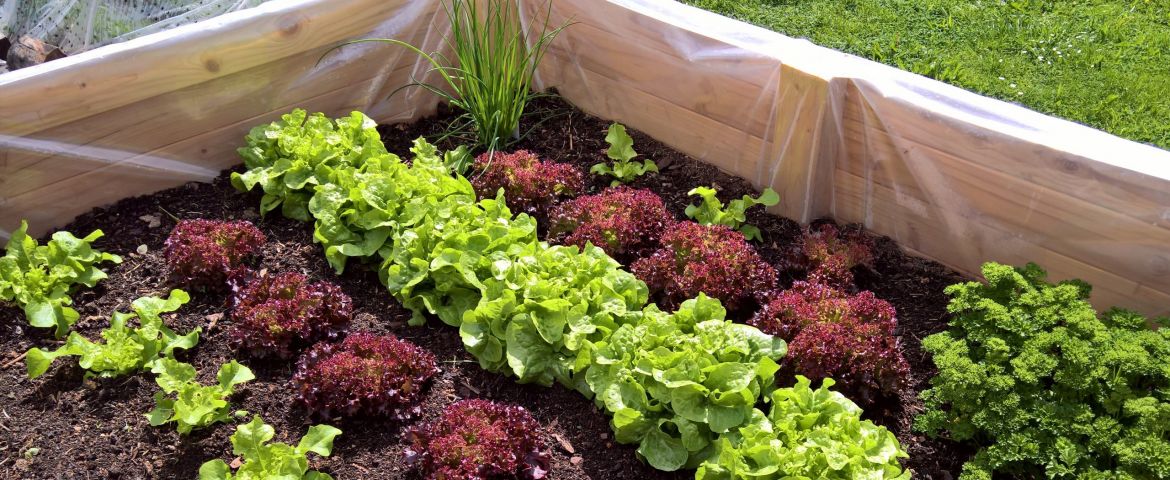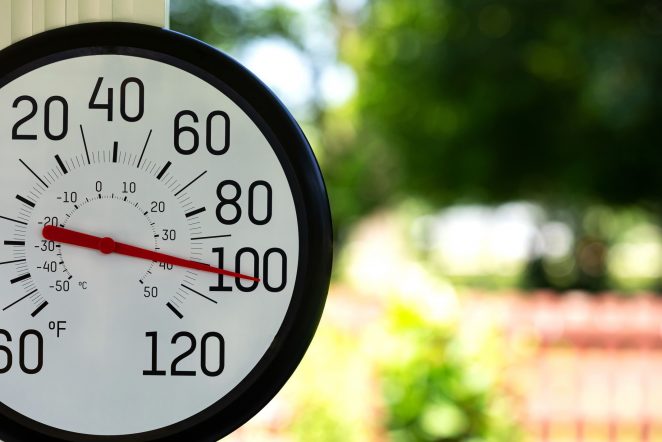Summer in Michigan means more than 50 delicious fruits and vegetables are in season including tomatoes, watermelon and a variety of berries. You can find fresh produce in grocery stores, farmers markets or even have Michigan products shipped right to your door. Or, if you’re home more than normal due to COVID-19, you might be thinking it’s a great time to use that extra time to start your own garden. Growing your own produce can have many benefits, including helping the planet and providing your family easy access to a variety of healthy produce and herbs.
If you want to grow your own food but don’t have a ton of yard space, container gardening or a raised vegetable garden may be the answer. These gardening methods involve planting produce in a container such as a wood planter or tub instead of the ground, often saving on space. Gardening in an elevated container instead of directly in the ground also limits the need for bending over, making it easier to tend to your plants by placing less pressure on your knees and back. Here are some tips for getting your container garden to thrive.
Choose the right container.
One fun thing about container gardening is that almost anything can be used as long as there are drainage holes on the bottom: an old tub, a barrel, a raised planter bed, you name it. Find a container that matches your style and gardening needs and you’re ready to get started.
Generally, the larger the container the better. Plants need room to spread their roots to grow properly, and larger containers need less watering because they hold more moisture. Clay pots do not retain moisture as well as other containers and darker colored pots absorb more heat, so produce planted in these containers may need to be watered more frequently. Taller containers have the added benefit of limiting bending while gardening.
Create an environment for your plants to thrive.
Finding the best spot for your container garden will depend on the produce you plant, as the amount of sunlight and water needed varies. Researching how much light and water your plants need will help you set up your plants up for success with the ideal environment and watering schedule.
Most plants will do well in a spot where they can receive an appropriate amount of sunlight and are protected from wind. Placing your container in an area shielded by a fence, house or shed will block wind and keep your plants from drying out.
As for the soil, a combination of potting soil and fertilizer and/or compost will create a nutrient-rich mixture your produce will love.
Form a powerful produce team.
Planting multiple types of produce in your container will give you a greater variety of fruits and vegetables, create greater visual appeal and save on space. Some plants even grow better when they have companions. Not all plants work well together, so it’s important to choose compatible produce partners for your garden.
Compatible plants often need similar amounts of sunlight, water and fertilizer, and don’t compete for the same nutrients. Some winning combinations include beans, carrots and squash, or tomatoes, basil and onions.
Whether you live in the city, the suburbs or the country—consider starting your own container garden and enjoying homegrown produce this summer.


